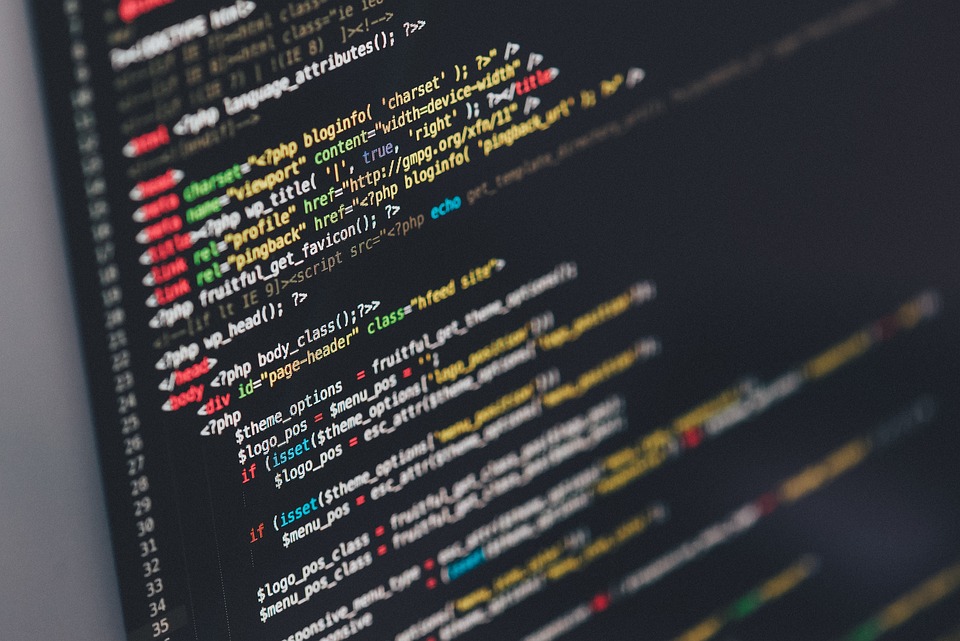In an era defined by rapid technological advancements, the emergence of blockchain technology has revolutionized numerous sectors. At the heart of this technological upheaval lie smart contracts and distributed ledgers (DLTs), which are transforming how we conduct transactions, manage data, and interact in the digital realm. These innovations have set the stage for the next generation of cryptocurrency applications, broadening the horizons of what is possible in digital finance and beyond.
Understanding Smart Contracts and Distributed Ledgers
What are Smart Contracts?
Smart contracts are self-executing contracts with the terms of the agreement directly written into code. They operate on blockchain networks, executing actions automatically when predetermined conditions are met. Unlike traditional contracts, smart contracts eliminate intermediaries, enhancing transparency and efficiency. Imagine a vending machine: the smart contract is the algorithm that dispenses a product when the appropriate payment is made. This same logic applies to transactions in various domains, including finance, supply chain management, real estate, and more.
What are Distributed Ledgers?
Distributed ledgers, prominently represented by blockchain technology, are decentralized databases that maintain data across multiple locations, ensuring that every participant has access to the same information. Instead of relying on a central authority to verify or manage transactions, each node in the network has a complete or partial copy of the entire ledger. This structure not only increases security by redundancy but also enhances transparency, as all participants can independently verify transactions at any time.
The Synergy Between Smart Contracts and Distributed Ledgers
The integration of smart contracts with distributed ledger technology creates a powerful synergy. DLT serves as the backbone, providing a secure and immutable environment for executing smart contracts. This combination enables transactions to occur in a trustless manner, where parties involved need not depend on each other or a central authority.
For instance, in a typical real estate transaction, a buyer and seller would rely on various intermediaries, such as agents and lawyers. With smart contracts, this process can be streamlined: once the conditions of the sale are met (e.g., payment processed, title checked), the smart contract automatically executes the transfer of ownership, recording it on the distributed ledger in a transparent and immutable manner. This not only reduces costs but also accelerates the transaction time significantly.
Enabling Next-Generation Crypto Applications
The implications of integrating smart contracts and distributed ledgers are profound and are paving the way for innovative crypto applications:
1. Decentralized Finance (DeFi)
DeFi has emerged as one of the most significant applications of smart contracts and blockchain technology. By utilizing smart contracts, DeFi platforms allow users to lend, borrow, and trade assets without intermediaries. This democratizes access to financial services, enabling individuals globally to participate in a robust financial ecosystem. DeFi has also introduced novel concepts like liquidity pools and yield farming, creating incentives for participants to engage in these decentralized protocols.
2. Supply Chain Management
Smart contracts and distributed ledgers are enhancing transparency and traceability in supply chains. Each step in a product’s journey, from manufacturing to delivery, can be recorded on a blockchain, providing real-time visibility and verification. This data can be codified into smart contracts that automatically trigger payments or actions based on completed milestones, ensuring that all parties adhere to the agreed-upon terms.
3. Tokenization of Assets
The ability to tokenize physical and digital assets is another groundbreaking application made possible by smart contracts and DLTs. Real estate, art, and even intellectual property can be represented as tokens on a blockchain, facilitating fractional ownership and enabling more liquidity in traditionally illiquid markets. Smart contracts manage the ownership transfers and rights associated with these tokens seamlessly and efficiently.
4. Identity Verification
In a digital world where privacy and security are paramount, smart contracts offer innovative solutions for identity verification. Using DLT, individuals can store their identity credentials securely and share them selectively through smart contracts. This approach minimizes the risk of identity theft and fraud while giving users greater control over their personal information.
Challenges and Considerations
While smart contracts and distributed ledgers hold immense promise, challenges remain. Legal and regulatory considerations, interoperability between different blockchains, and energy consumption are pressing issues that must be addressed. Moreover, the immutability of blockchain can lead to problems if smart contracts contain flaws or errors in their code.
Conclusion
Smart contracts and distributed ledgers are at the forefront of the next generation of crypto applications, offering unparalleled opportunities for innovation across various industries. By eliminating intermediaries, enhancing transparency, and automating processes, these technologies are reshaping the way we engage in transactions and interactions in the digital age. As development continues and challenges are addressed, the potential for wholly new applications and services will likely emerge, setting the stage for a revolutionary shift in how we conduct business and manage our lives online. The future is bright for smart contracts and distributed ledgers, and their impact will be felt for years to come.




